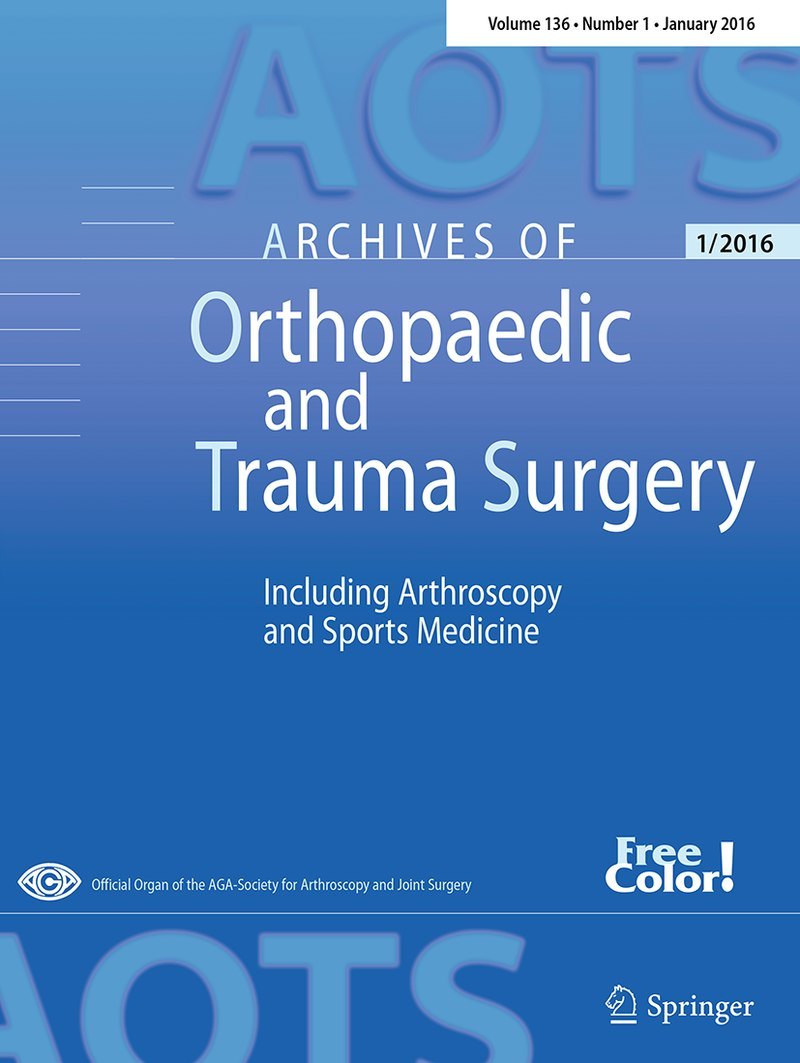
Continuous cooling device vs standard icing for management after ACL reconstruction

Continuous cooling device vs standard icing for management after ACL reconstruction
Temperature-controlled continuous cold flow device versus traditional icing regimen following anterior cruciate ligament reconstruction: a prospective randomized comparative trial
Arch Orthop Trauma Surg. 2015 Oct;135(10):1405-10Did you know you're eligible to earn 0.5 CME credits for reading this report? Click Here
Synopsis
47 patients undergoing anterior cruciate ligament (ACL) reconstruction were randomized to receive either standard cryotherapy or cryotherapy through the use of a continuous cold flow device. The purpose of this randomized controlled trial (RCT) was to determine if the continuous cold flow device was associated with better analgesia, lower blood loss, reduced knee swelling, and increased knee range...
To view the full content, login to your account,
or start your 30-day FREE Trial today.
FREE TRIAL
LOGIN
Forgot Password?
Explore some of our unlocked ACE Reports below!

Learn about our AI Driven
High Impact Search Feature
Our AI driven High Impact metric calculates the impact an article will have by considering both the publishing journal and the content of the article itself. Built using the latest advances in natural language processing, OE High Impact predicts an article’s future number of citations better than impact factor alone.
Continue



 LOGIN
LOGIN

Join the Conversation
Please Login or Join to leave comments.